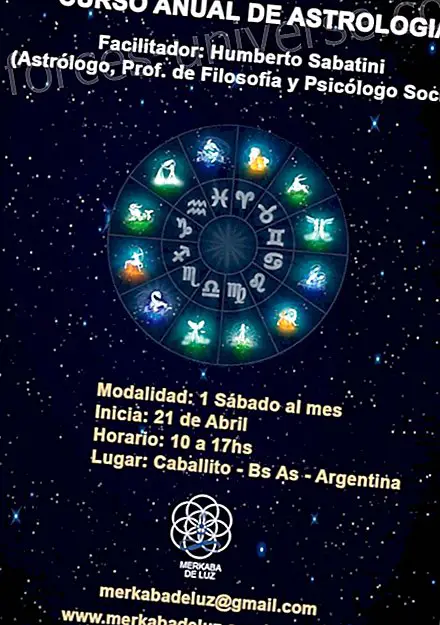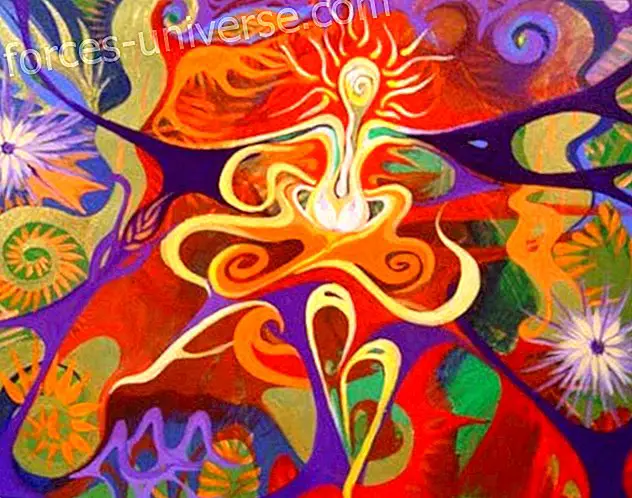
Egypt has been a sought after destination in all ages of history as the symbol of spiritual search. It brings together the splendor of a civilization mysteriously emerged and the majesty of its architecture and its art, the cultural and spiritual roots of the West. Thousands of adventurous men have traveled the sands of the Sahara in search of the traces of our ancestors. Now we know that all of them pointed to the sky.
You can tie the ties of the Pleiades or untie the ties of Ori n
Job, 38:31

When we visit Egypt and enter the wonderful world of its culture, we understand that there is another Egypt that is deeper and harder to perceive. This Egypt, invisible to the senses but suggested through its magnificent architecture, is discovered with intuition and with the heart.
According to the Egyptians themselves, the entire manifested Universe is born from that other invisible world. Also from it comes the life that allows for permanent renewal.
The nature of this invisible world is not space-time, material or energetic, but rather a psychic or astral nature, which the Egyptians called the Ka. They identified this inner world, intermediary between abstract spirituality and the terrestrial universe, the Dwat, the interior of Heaven. It used to be represented as the belly of the goddess Nut, the celestial vault. There resided the spirit forms, their glowing bodies, which the Egyptians symbolized with the mummies.
Invisible Egypt was presided over by the god Osiris. Through his passion and his rebirth in the hereafter, he taught the mysteries of the connection between the two faces of existence, life and death. Over time, Osiris became the most important god and his story expanded through the religion of Isis, his sister and wife. As a symbol of life was the god of vegetation. As a symbol of death he was the ruler of the afterlife. Its history contributed to Christianity many of its secrets and ritual elements, such as the Holy Sepulcher, the Divine Conception, passion, devotion to the Virgin, among others.
Osiris presided over the mystical capital of invisible Egypt: Abidos. It is a city little visited by tourists. From prehistory, the kings built their tombs and cenotaphs there.
Abidos was never a great city but a place of pilgrimage, a spiritual center where every Egyptian had to, physically or symbolically, make his pilgrimage for the good of his soul.
There is a magnificent double temple, built on the ruins of ancient temples. The sanctuary of Sethi I, with the Osirion or tomb of the soul of Osiris.

The sacred geography of ancient Egypt integrated space and time. Its purpose was to reproduce on Earth the configurations of the celestial world. It thus constituted a direct union between Heaven and Earth. This union was celebrated in precise geographical locations. At these points of convergence the powers above and below were joined. There, hierogamy, the sacred marriage between the goddess Heaven (Nut) and the god Earth (Geb) took place again and again.
The door to Mystic Egypt opens before us inviting us to travel through the geography of its temples, ancient places of initiation, which extend along the entire Nile forming its backbone. Each of them keeps the secret of a stadium of initiation of the School of Mysteries that we have recently known as The Eye of Horus.

MORE INFORMATION:
http://www.viajesdelalma.com.ar/index.php/2018/06/22/egipto-2019/






